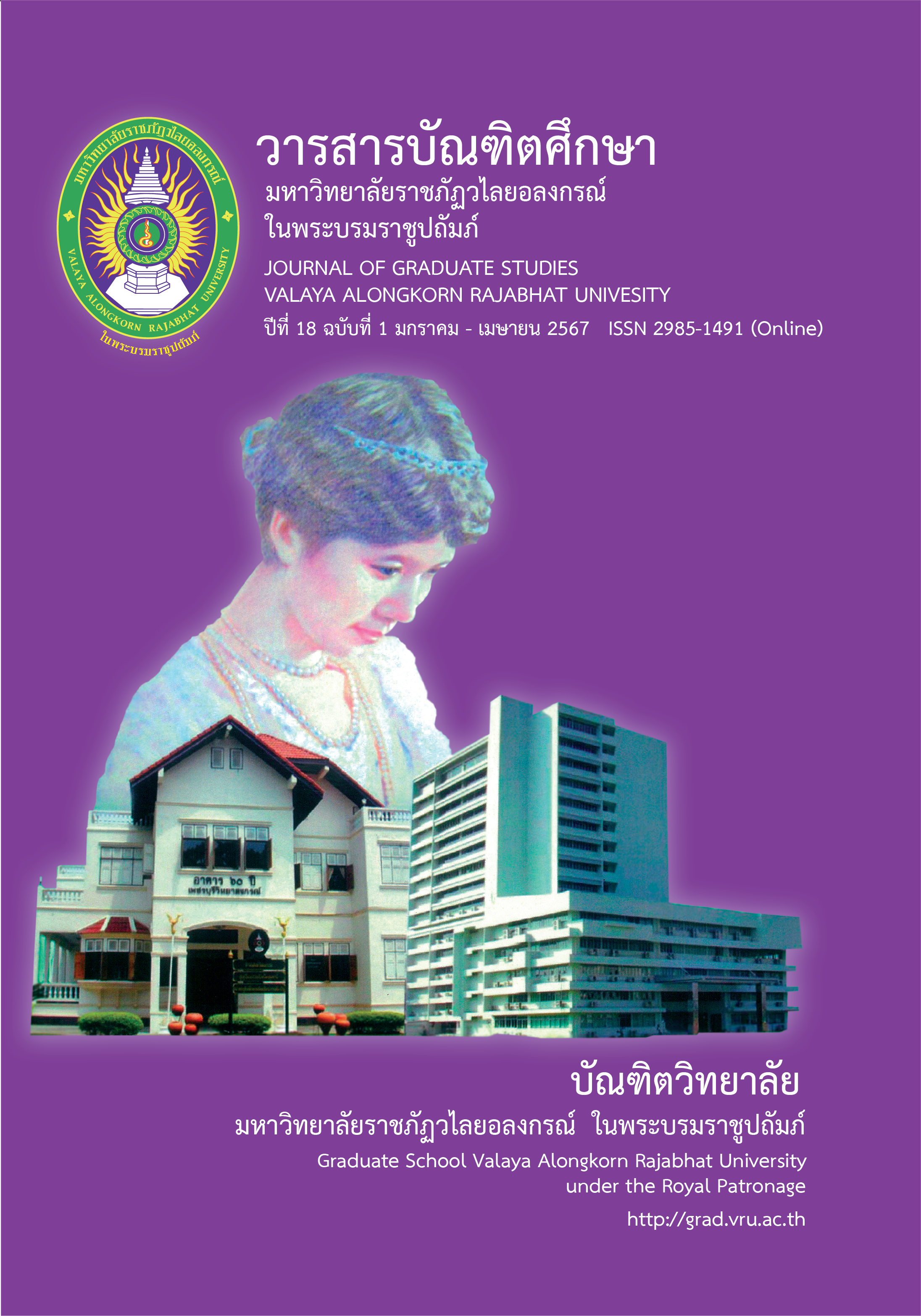STUDENTS’ MATHEMATICAL REPRESENTATION OF THE MULTIPLICATION IN CLASSROOM THROUGH LESSON STUDY AND OPEN APPROACH
Main Article Content
Abstract
The objectives of this research were to explore the characteristics of mathematical representations of students in classroom through the lesson study and open approach of multiplication using a qualitative research model. The target group is Prathom Suksa 2, Semester 2, Academic Year 2019, Ban Mae Sa School, total 30 people, the research tool is 10 lesson plans on multiplication (3). Still camera video recorders and observation record form the data to be analyzed is data in still images. Student work or activity sheet and the protocol obtained by transcribing the text from the video. Data were analyzed using protocol analysis and Cramer & Karnowski’s mathematical representation framework.
The research results were found that students have mathematical representations of multiplication as follows: 1) picture mathematical representation to represent numbers. Students use drawing, such as blogging, things in their daily life based on the student experience. To represent the number of members in each group. 2) Mathematical representation with pictures to represent multiplication. Students draw pictures instead of multiplication by drawing circles around the picture. Drawing objects attached together in groups to represent groups.
Article Details

This work is licensed under a Creative Commons Attribution-NonCommercial-NoDerivatives 4.0 International License.
บทความทุกเรื่องได้รับการตรวจความถูกต้องทางวิชาการโดยผู้ทรงคุณวุฒิ ทรรศนะและข้อคิดเห็นในบทความ Journal of Global of Perspectives in Humanities and Social Sciences (J-GPHSS) มิใช่เป็นทรรศนะและความคิดของผู้จัดทำจึงมิใช่ความรับผิดชอบของบัณฑิตวิทยาลัย มหาวิทยาลัยราชภัฏวไลยอลงกรณ์ ในพระบรมราชูปถัมภ์ กองบรรณาธิการไม่สงวนสิทธิ์การคัดลอก แต่ให้อ้างอิงแหล่งที่มา
References
Boeree, C. G. (2006). Personality Theories. Pennsylvania: Psychology Department Shippensburg University.
Cramer, K. & Karnowski, L. (1995). The Importance of Informal Language in Representing Mathematical Ideas. Teaching Children Mathematics. 1(6), 332-335.
Hiebert, J. & Carpenter, T. P. (1992). Learning and Teaching with Understanding. In D. A. Grouws (E.D.), Handbook of Research on Mathematics Teaching and Learning. New York: MacMilan.
Inprasitha, M. (2010). Adapting Lesson Study in APEC Member Economies. Proceeding of APEC Conference on Replicating Exemplary Practices in Mathematics Education. 8-12 March 2010. Ko Samui, Surat Thani, Thailand.
Lewis, C. (2002). Lesson Study: A handbook of teacher-led instructional change. Philadelphia: Research for Better Schools, Inc.
Makanong, A. (2004). lakkān læ nǣothāng kānčhatkān rīanrū konmusāra kānrīanrū khanittasāt [Principles and guidelines for learning management in the subject group learning mathematics]. Bangkok: Center of Textbook and Academic Document, Faculty of Education, Chulalongkorn University.
Meyor, D. (2006). Lesson Study: The Effect on Teachers and Students in Urban Middle School. Baylor University.
Plaengprasopchok, S. (2015). thaksa krabūankān thāng khanittasāt [Mathematical process skills]. Retrieved March 20. 2018 from http://mathprocess2558.blogspot.com/2015/05/blog-post.html.
Shimizu, S. (2006). Professional Development through Lesson Study: A Japanese Case. The APEC International Symposium on Innovation and Good Practices for Teaching and Learning Mathematics through Lesson Study. Khon Kaen, Thailand.


